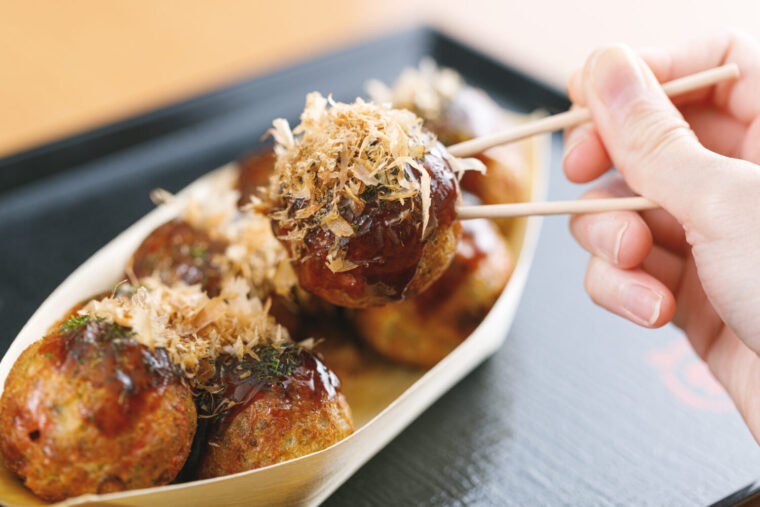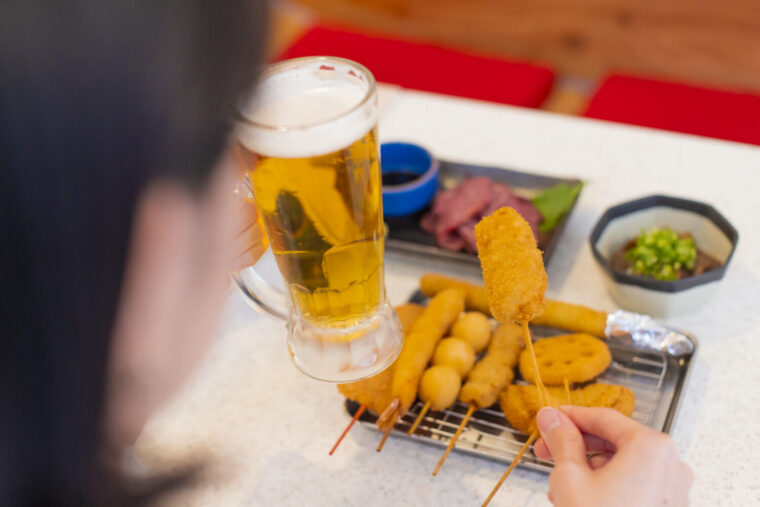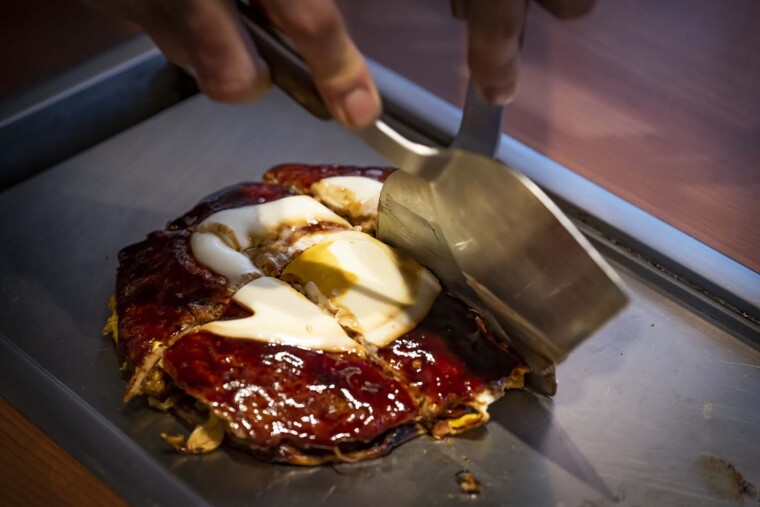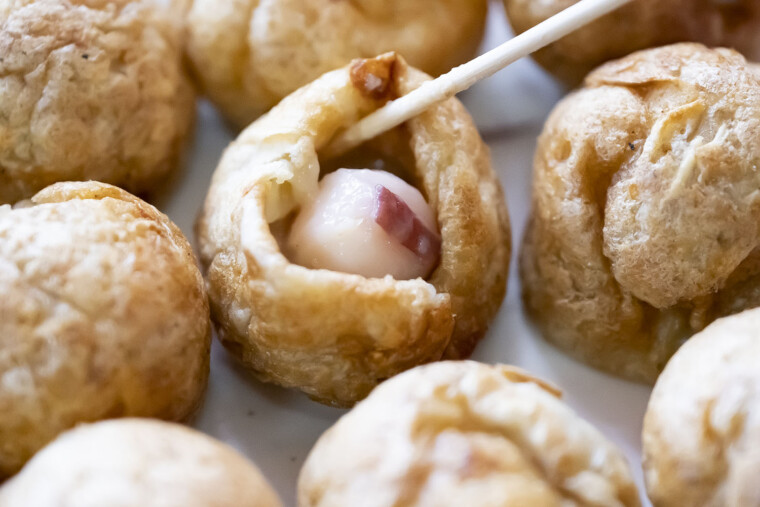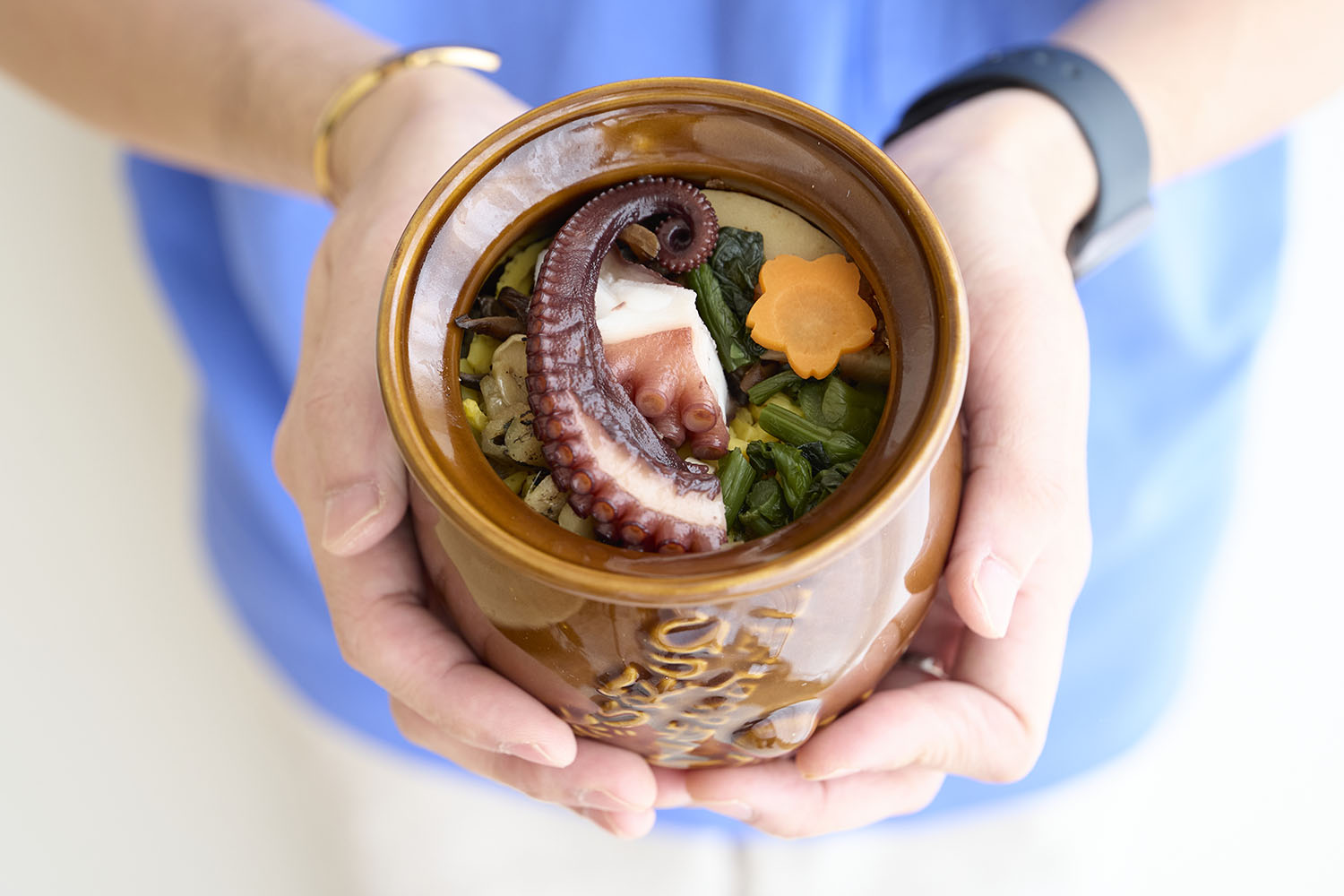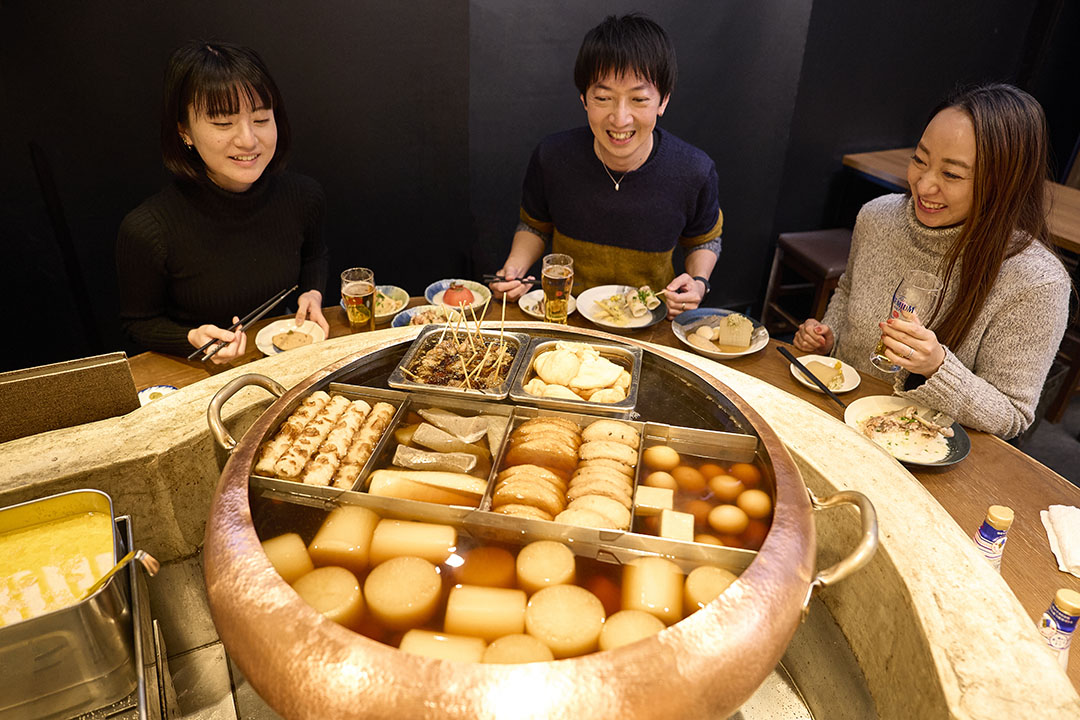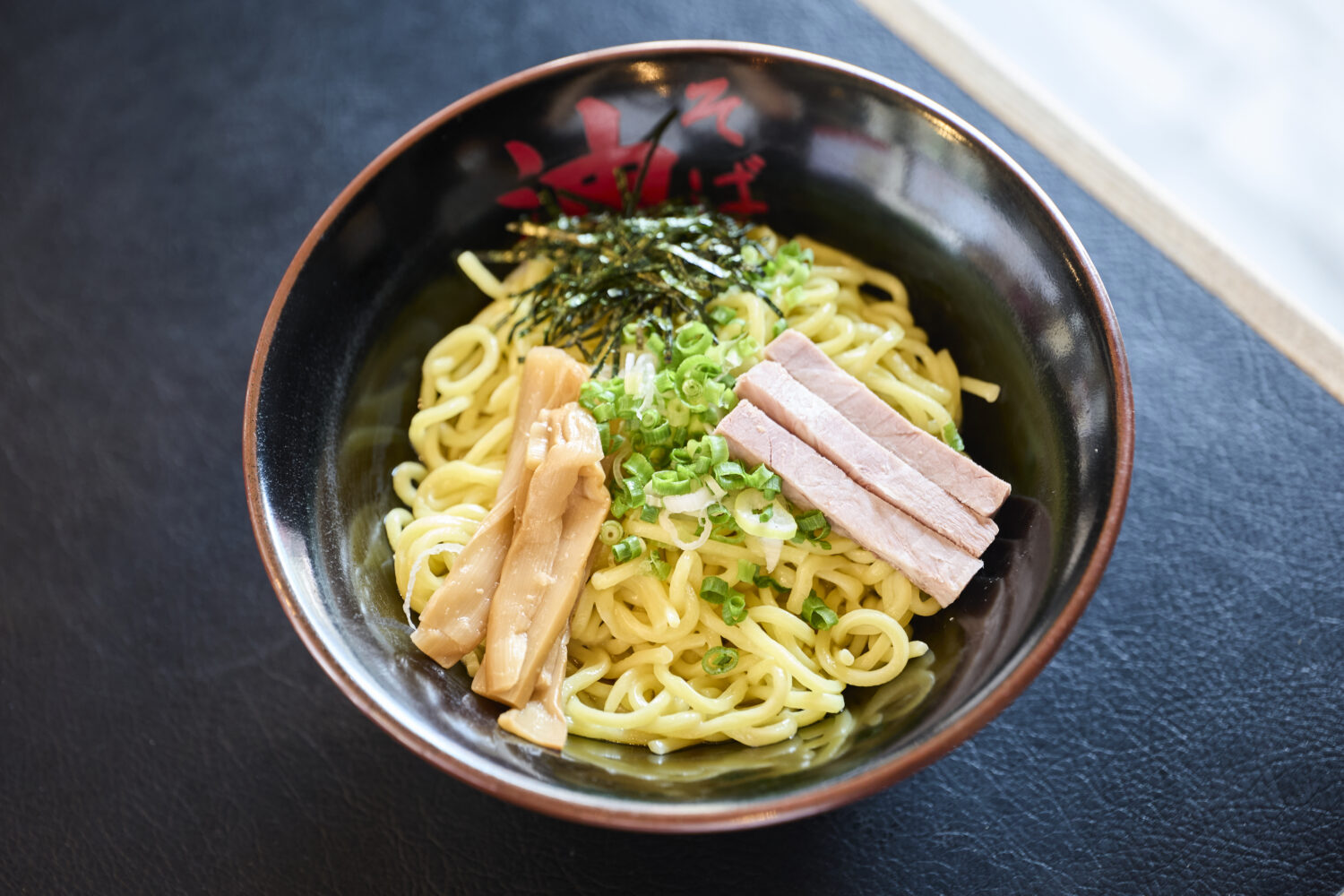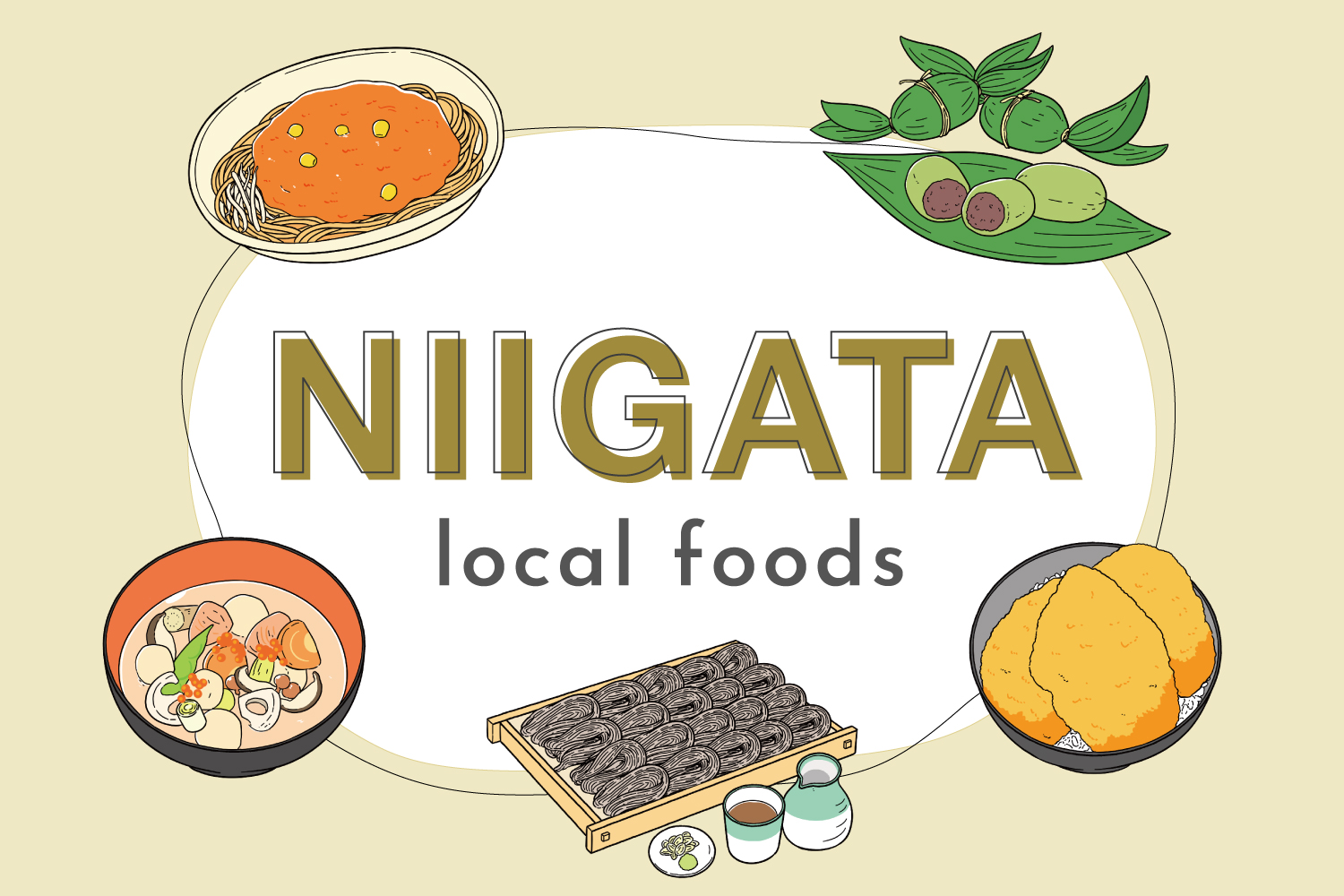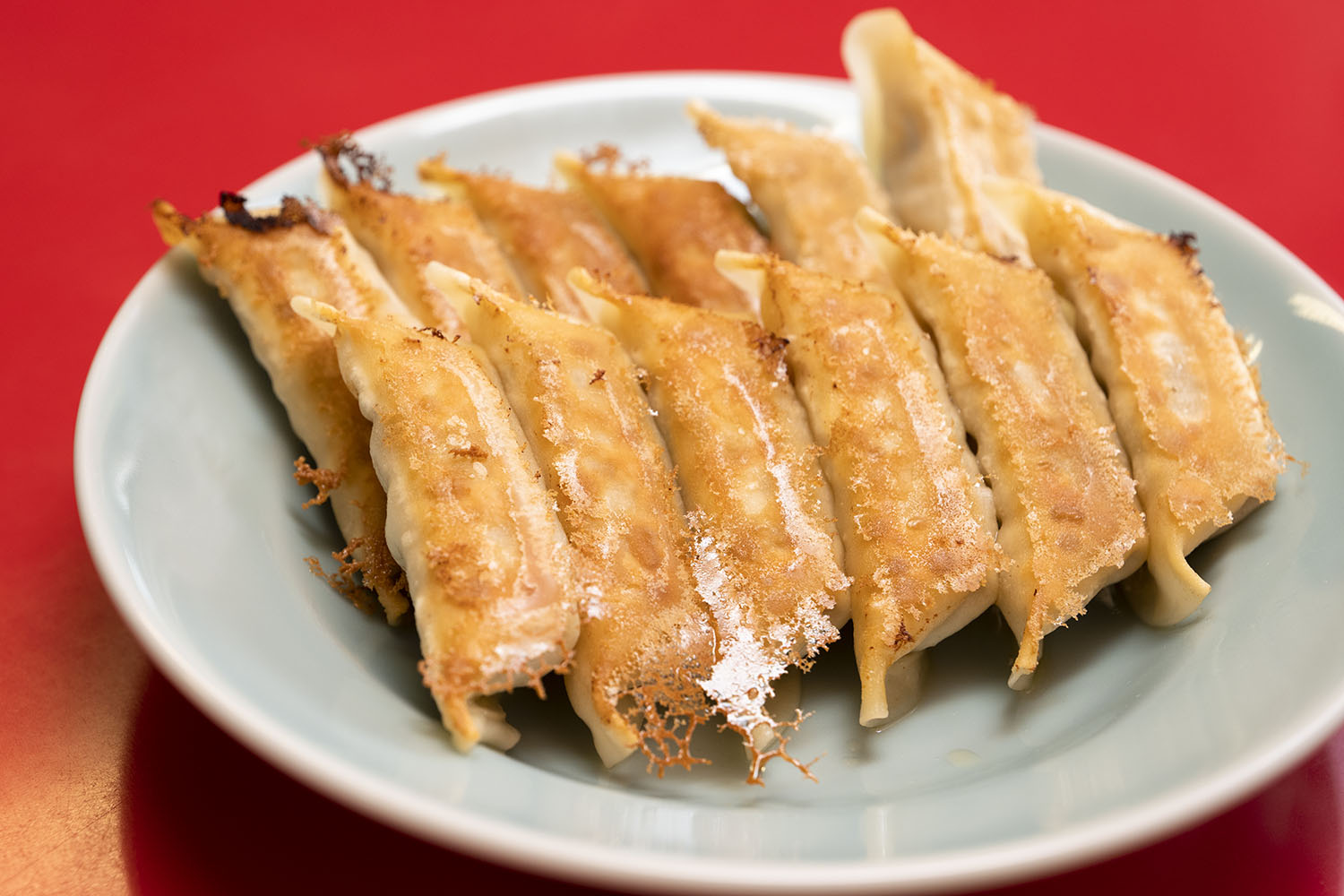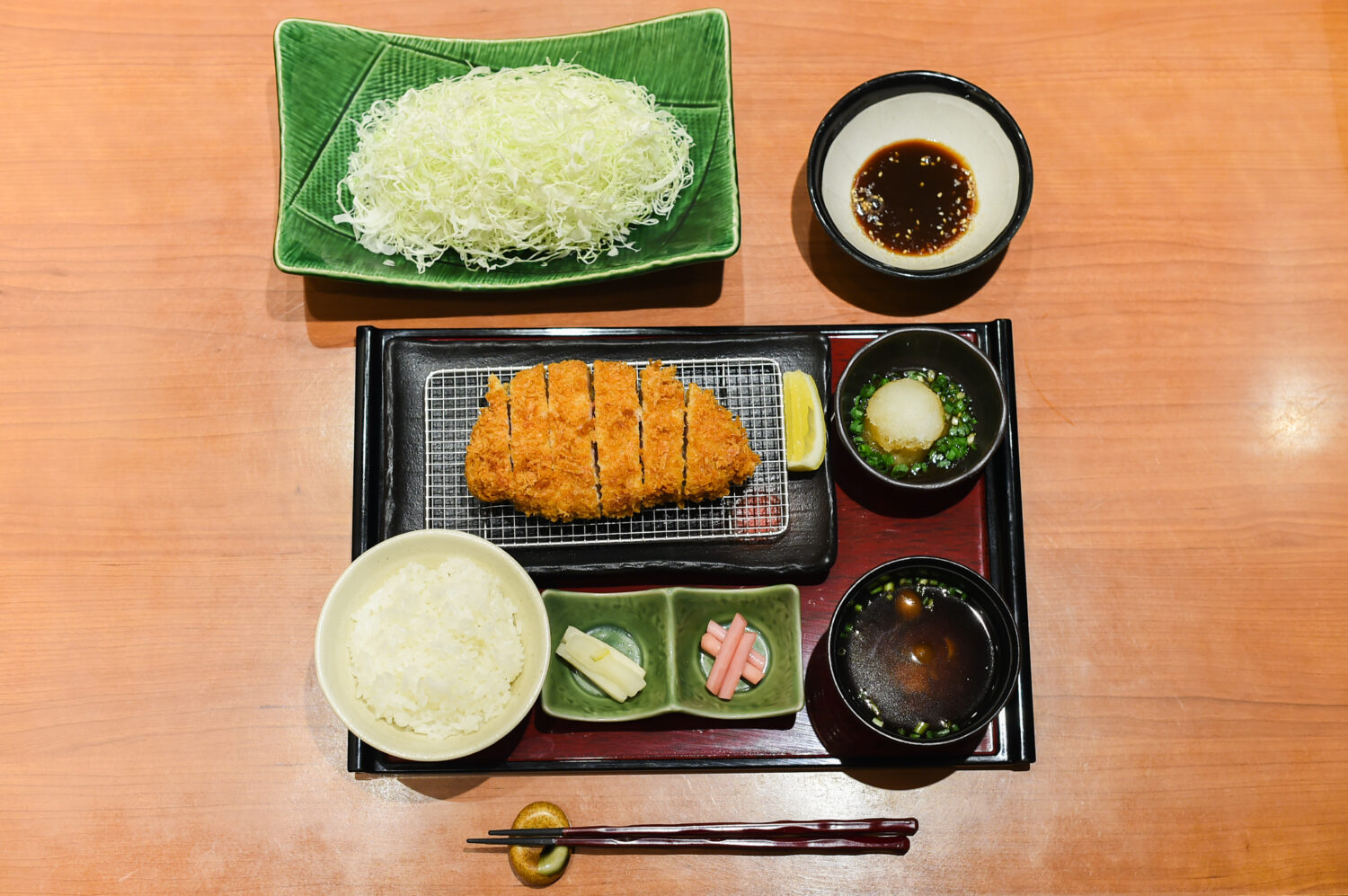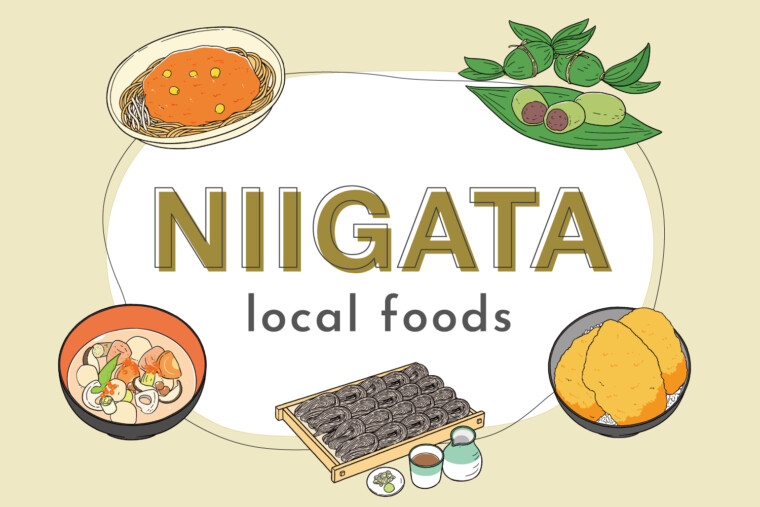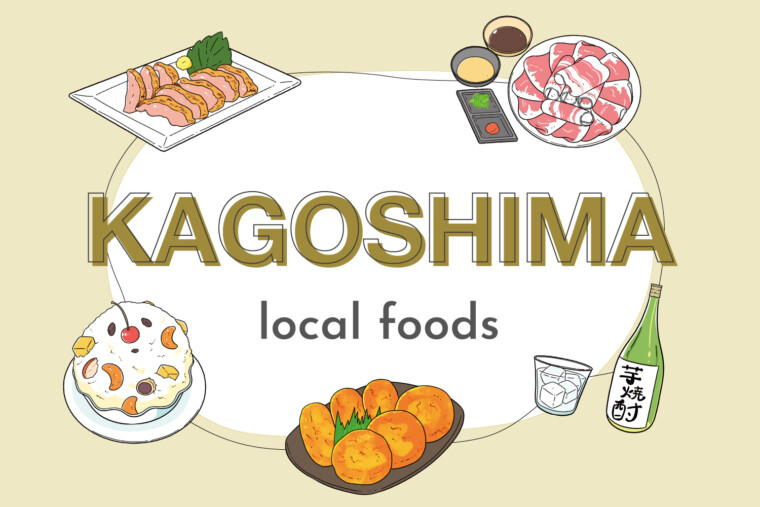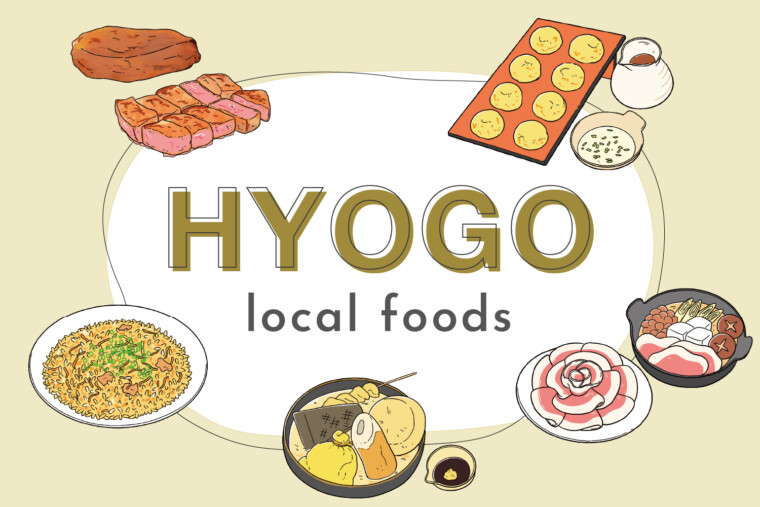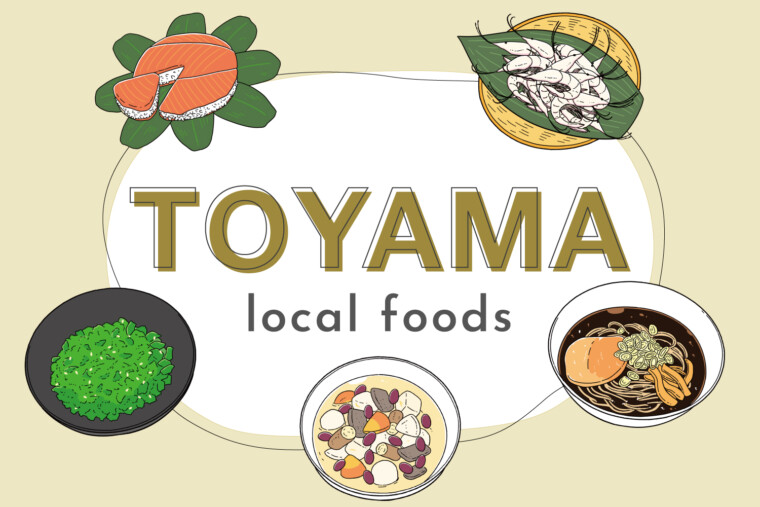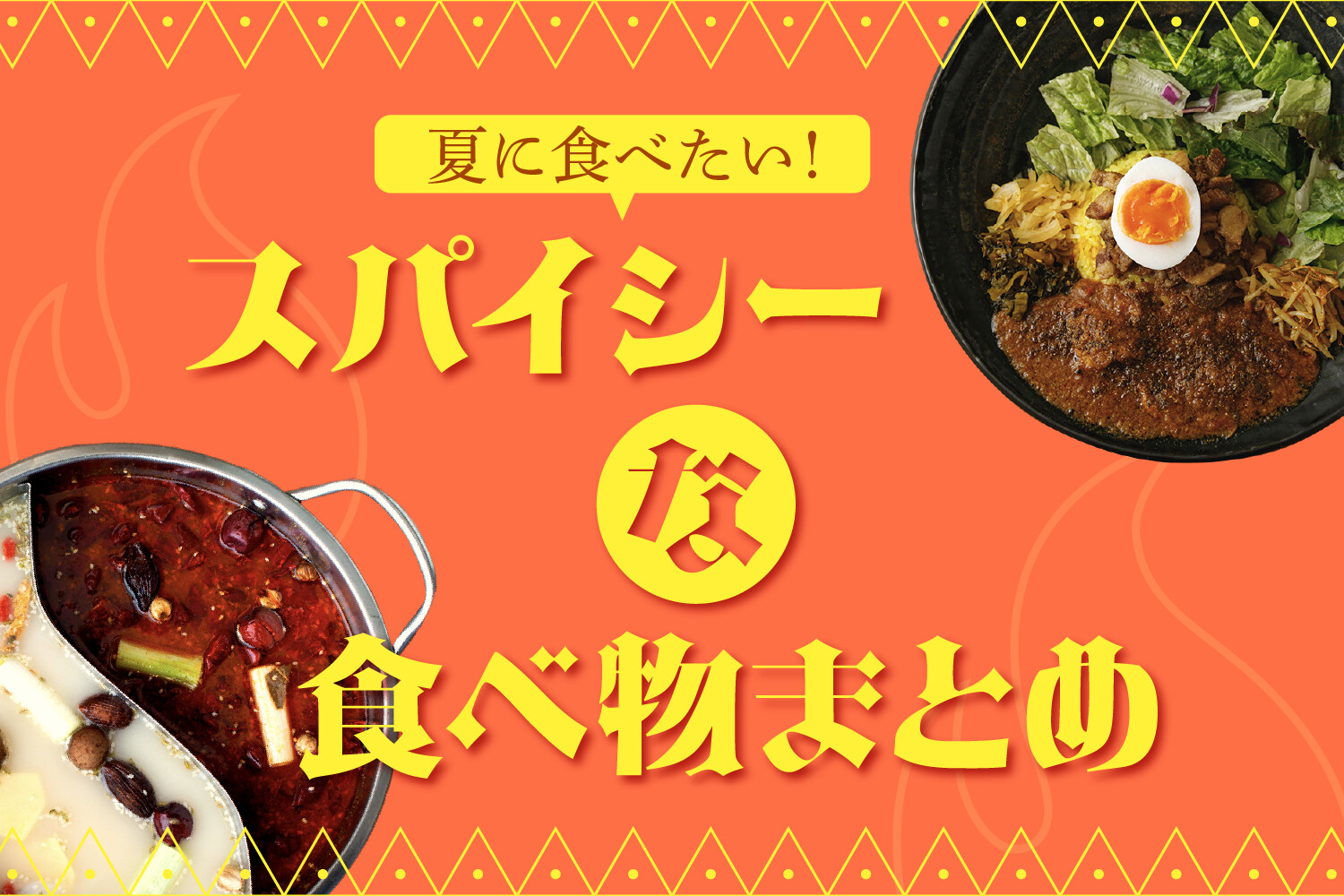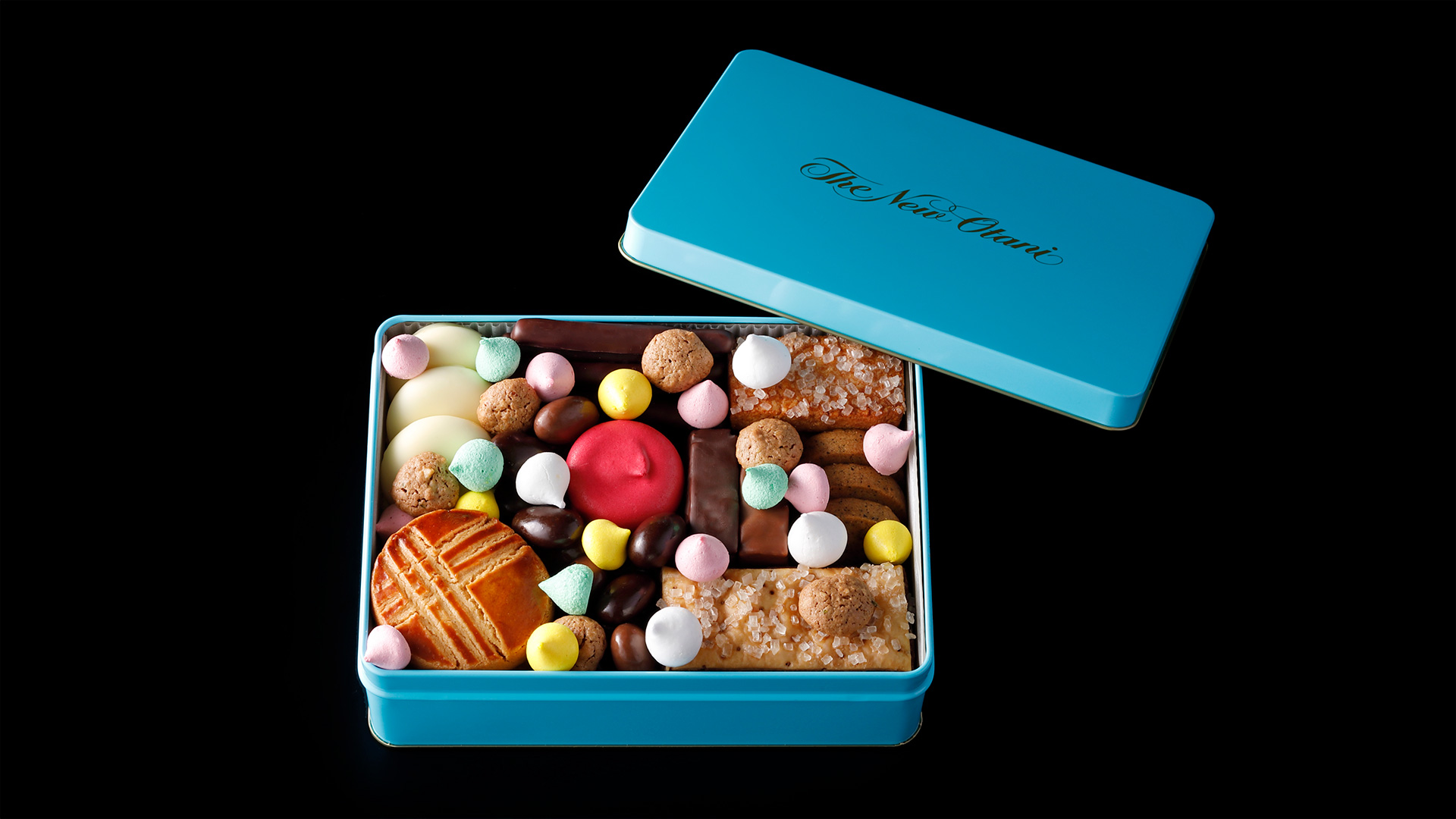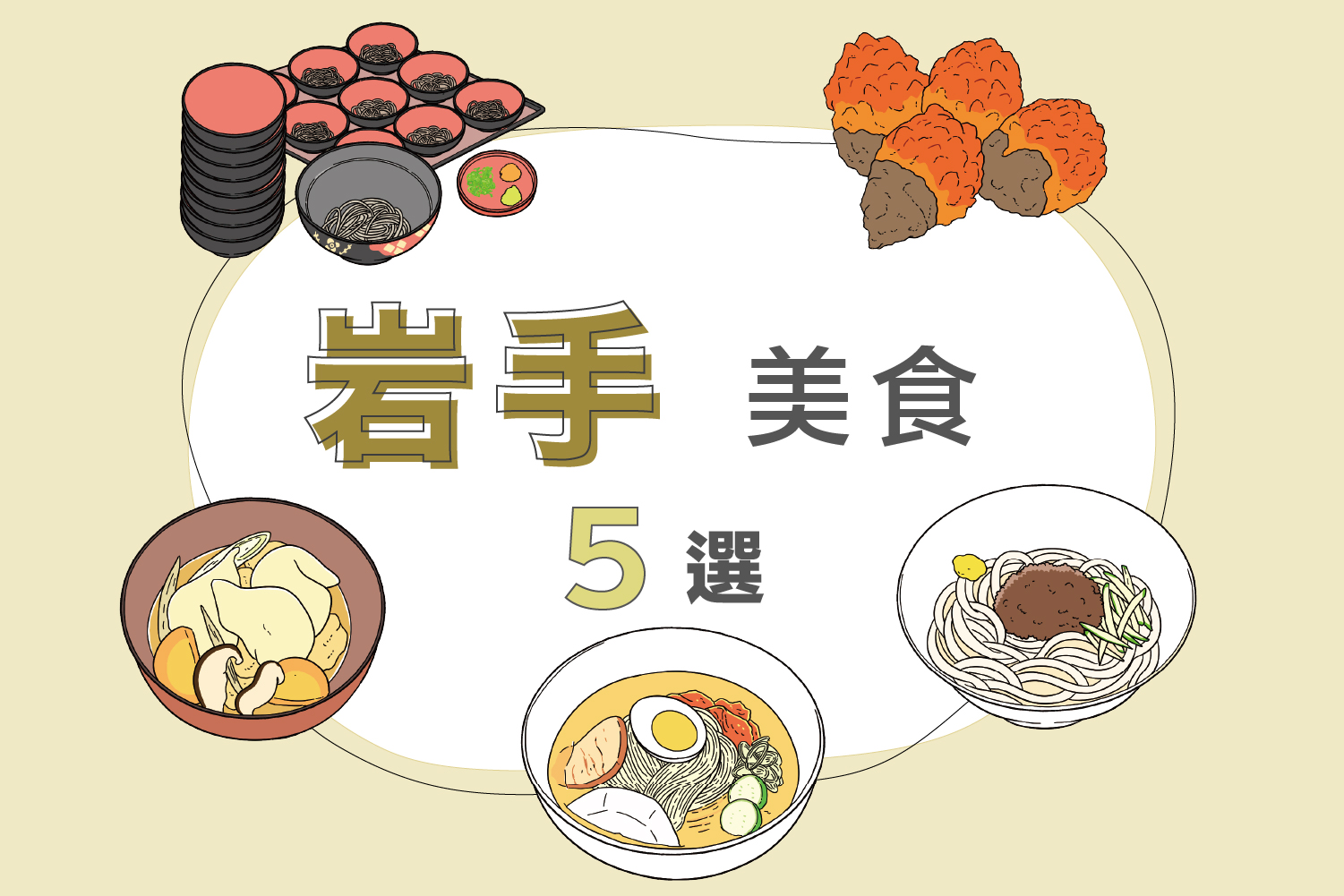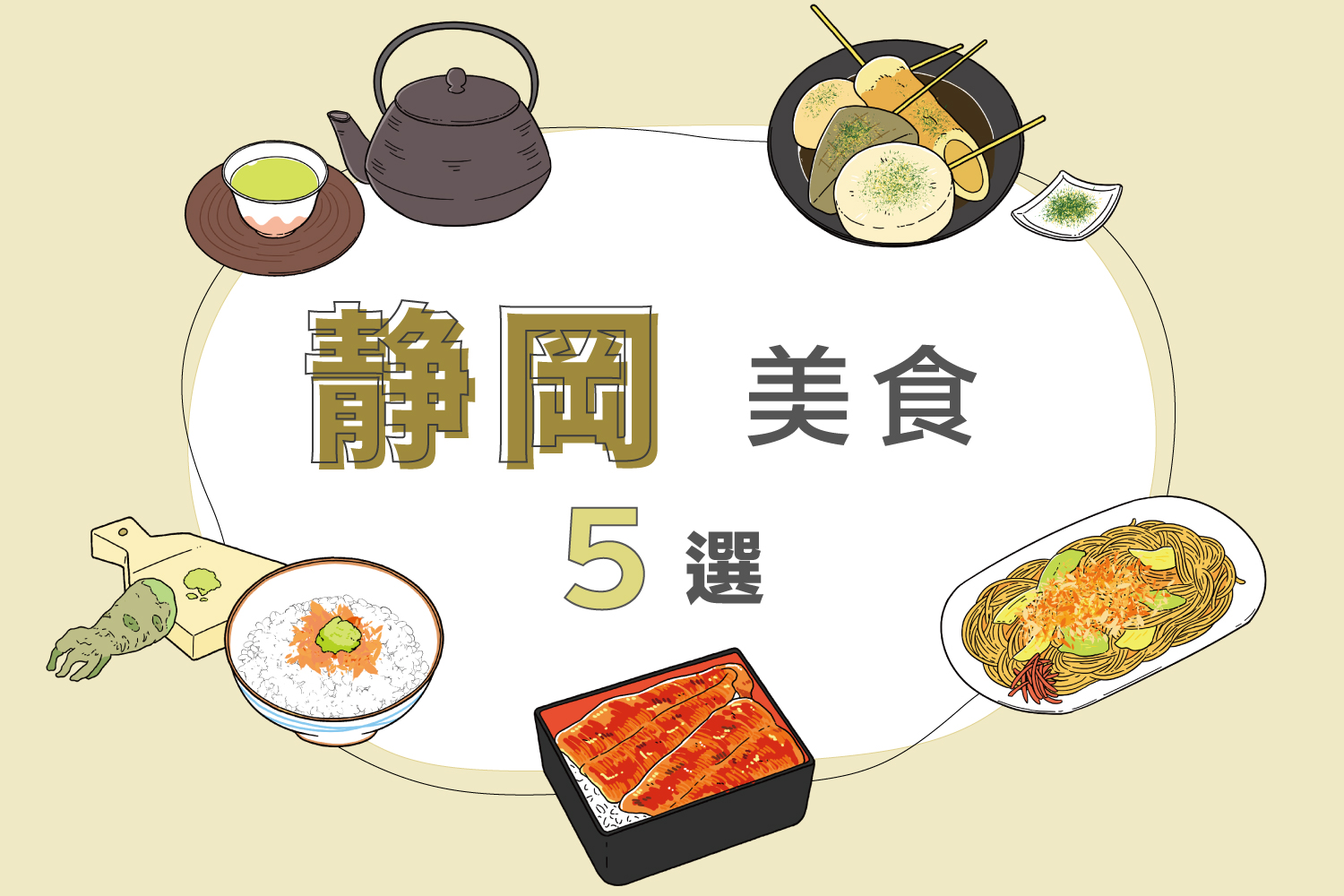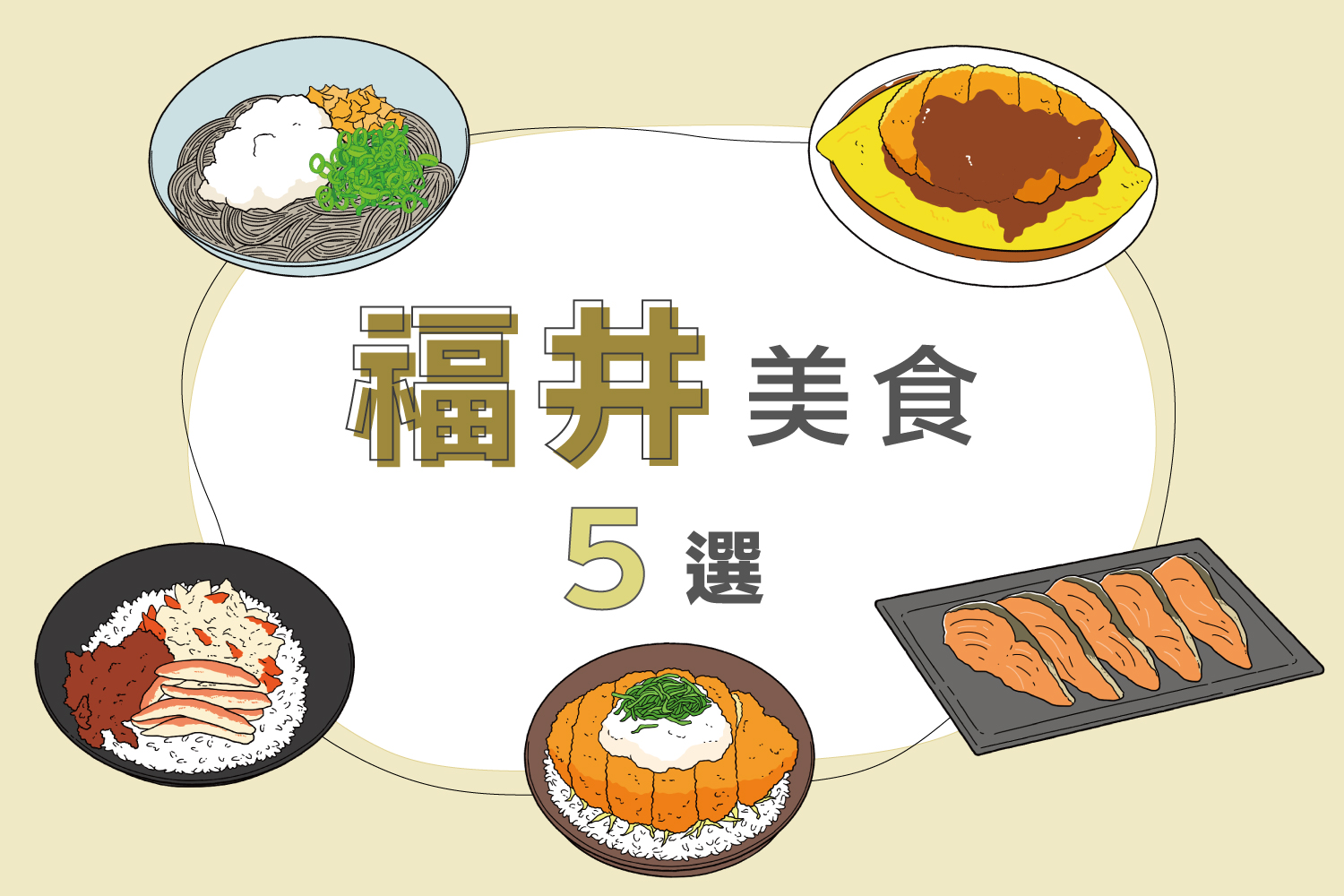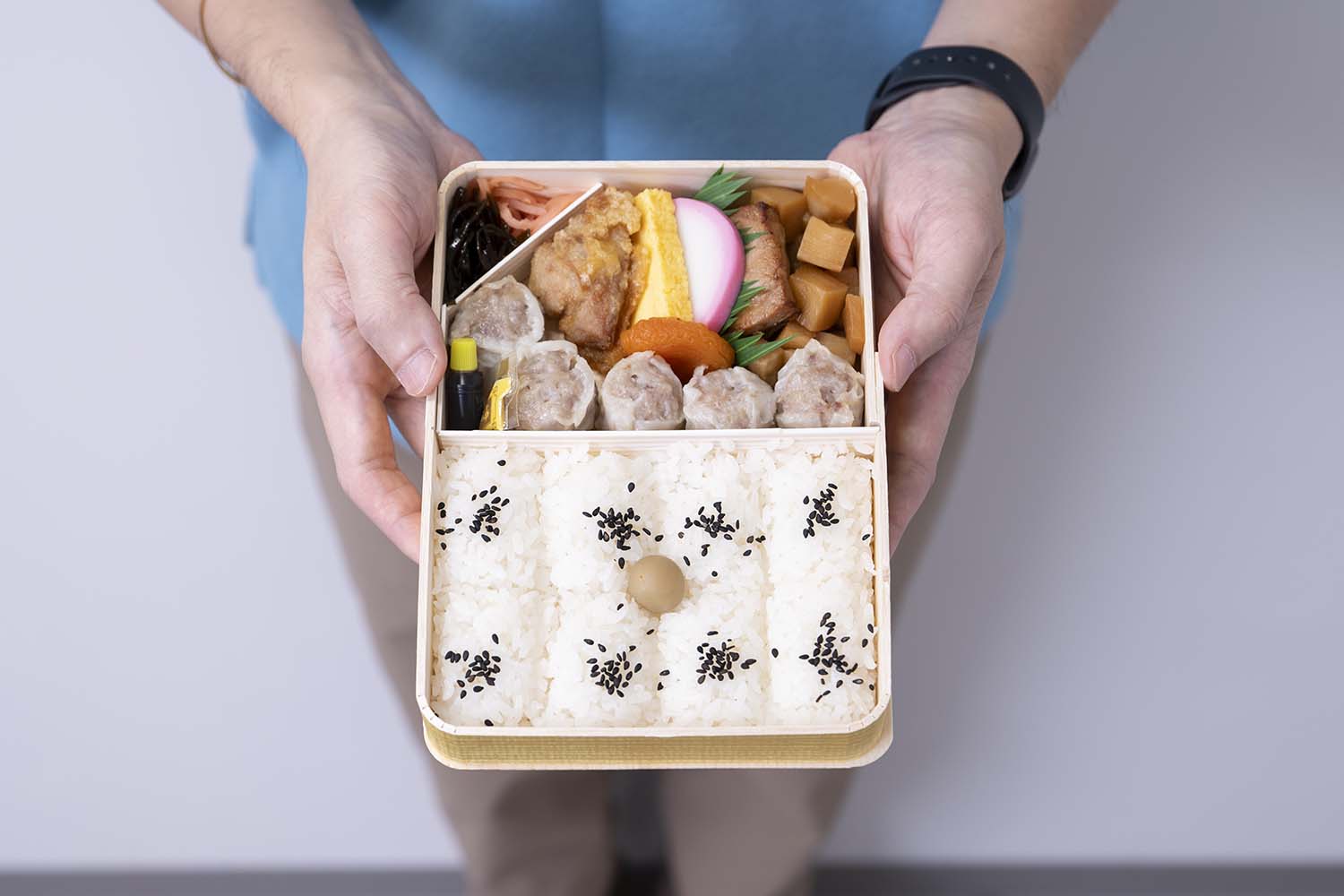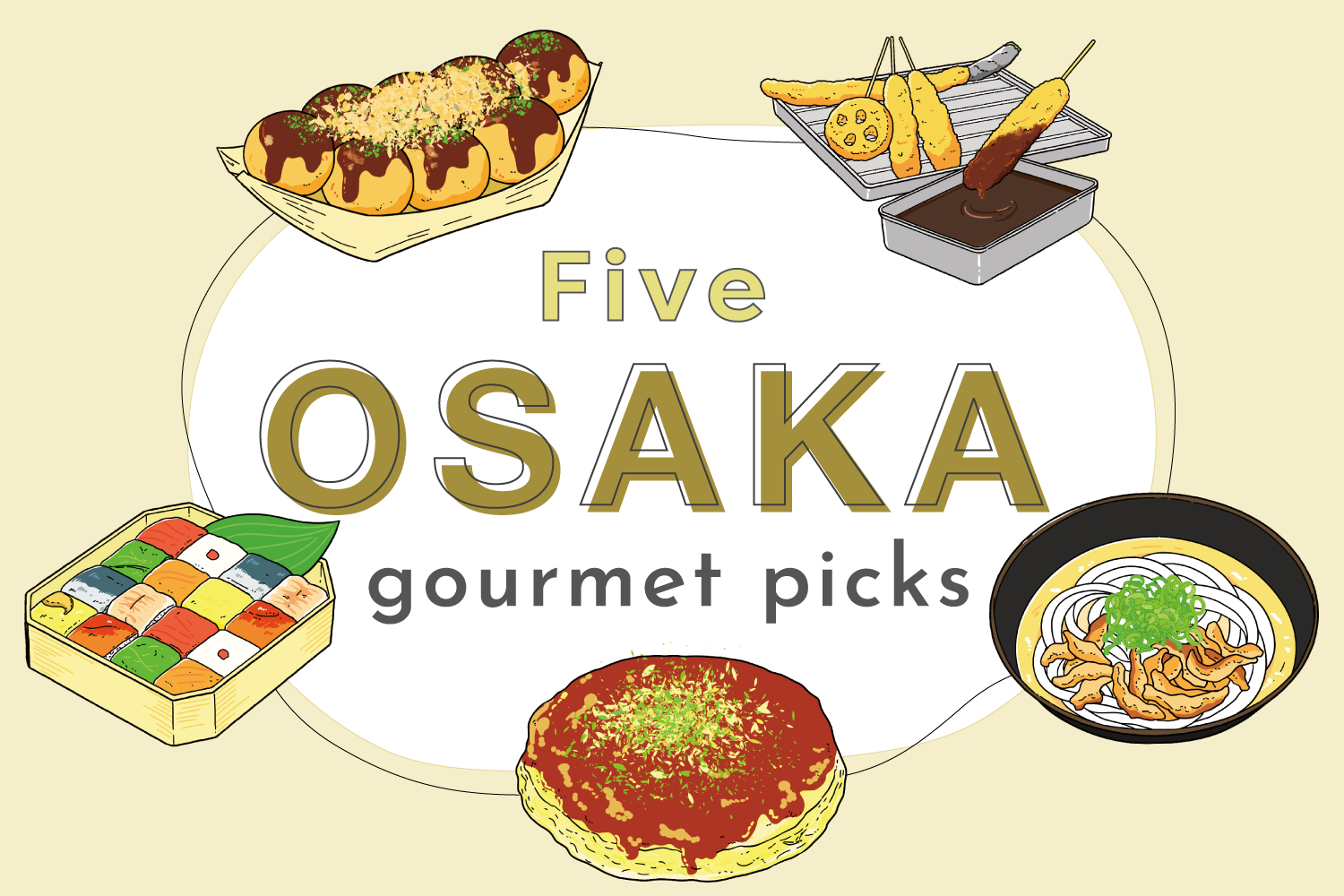
5 Local foods in OSAKA | Takoyaki, Kushikatsu, Kasu-udon, Okonomiyaki, Hakozushi
As Japan’s commercial center, Osaka earned the nickname of Tenka no Daidokoro (“The Nation’s Kitchen”) during the Edo period. As ingredients from throughout Japan became easily available in Osaka, local chefs created innovative dishes – a tradition which continues to this day. Of its many unique local culinary experiences, Osaka is best known for konamon, dishes using wheat flour. What foods will you try as you explore this vibrant city?
share:
Table of Contents
Eaten as a snack for children “Takoyaki”

Takoyaki, round octopus dumplings cooked in a special dimpled griddle, are an iconic Osaka street food. There are various theories about the invention of takoyaki, and it is generally thought that this dish’s history is rooted in rajioyaki, a favorite Osaka childhood snack towards the start of the Showa period (1926-1989). Rajioyaki was originally stuffed with gyusuji (beef tendon) and konnyaku ( jellylike konjac yam cake), but was later influenced by Akashiyaki, a small round octopus dumpling originating in the city of Akashi, Hyogo Prefecture. Adopting the tako (octopus) filling, this evolution of rajioyaki became known as takoyaki. The batter contains dashi (Japanese soup stock), providing enough seasoning that the first takoyaki were eaten without toppings. However, following the Second World War, takoyaki would become known for iconic toppings such as rich soosu (a savory, tangy, and sweet sauce commonly used on dishes such as takoyaki, okonomiyaki, and tonkatsu), katsuobushi (dried skipjack tuna shavings), and more.
Support food for laborers in Osaka “Kushikatsu”
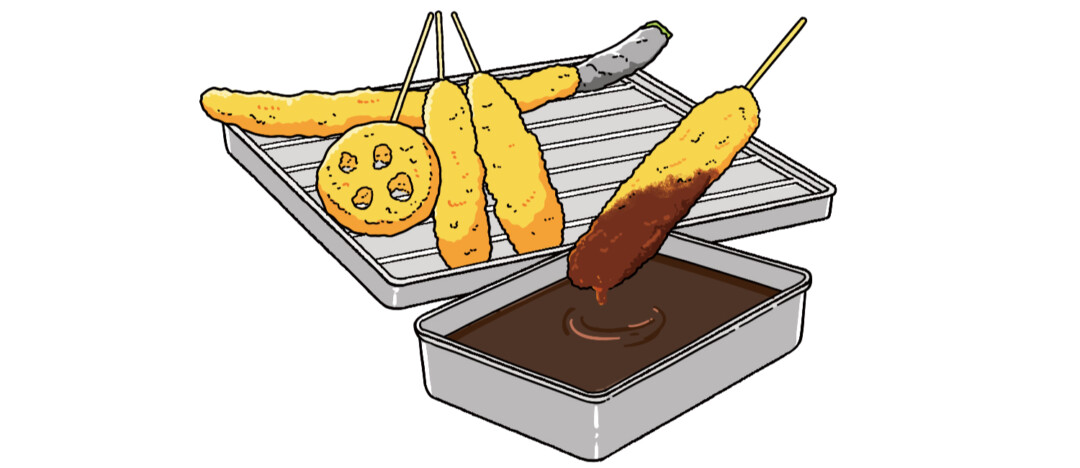
In the late 1920s, as Japan’s Showa period (1926-1989) began, kushikatsu (breaded and fried skewers) was conceived in Shinsekai, the home of Osaka’s iconic Tsutenkaku Tower. This dish began when a local restaurant started offering fried beef skewers as a way to inexpensively and quickly provide filling meals to laborers working nearby.Nowadays, the kushikatsu genre has branched out beyond meats such as beef and pork, with common ingredients including seafood and vegetables, and more and more restaurants offering novel options such as mochi (rice cake) and cheese. It’s common to enjoy kushikatsu drenched in kushikatsu soosu – a sauce tailored just for kushikatsu.
Crunchy abura-kasu is addicted! “Kasu-udon”

The B-kyu gurume (literally “Grade B Gourmet”, a popular concept throughout Japan of celebrating tasty, locally-beloved dishes that are not overly fancy) of kasu-udon was first enjoyed in Osaka in 2000. Kasu-udon is named for its definitive ingredient, abura-kasu – a style of deep-fried beef offal which has been enjoyed throughout Osaka’s Minamikawachi district since long ago. After opening an udon restaurant in 1995, the owner longed to create a new style of udon, and was finally inspired by addictively crispy abura-kasu. This combination has gone on to become a bonafide soul food, and can be found on the menu of many udon restaurants throughout Osaka.
The origin goes back to the Azuchi-Momoyama period “Okonomiyaki”
The history of okonomiyaki traces back to funoyaki, a confection first served by Sen no Rikkyu at tea ceremonies during the Azuchi–Momoyama period (1568-1600). Funoyaki is made from a wheat flour and water batter, which is thinly fried and brushed with sansho miso, a sweetened miso flavored with aromatic sansho pepper. Following the Second World War, as Osaka faced food shortages, easily obtained vegetables such as cabbage and spring onions were added, and funoyaki evolved into modern-day okonomiyaki.
A tried-and-true classic is buta-dama, which features strips of pork belly. Okonomiyaki specialty restaurants offer a variety of other fillings, such as seafood and cheese.
Popular souvenir from Osaka “Hakozushi”
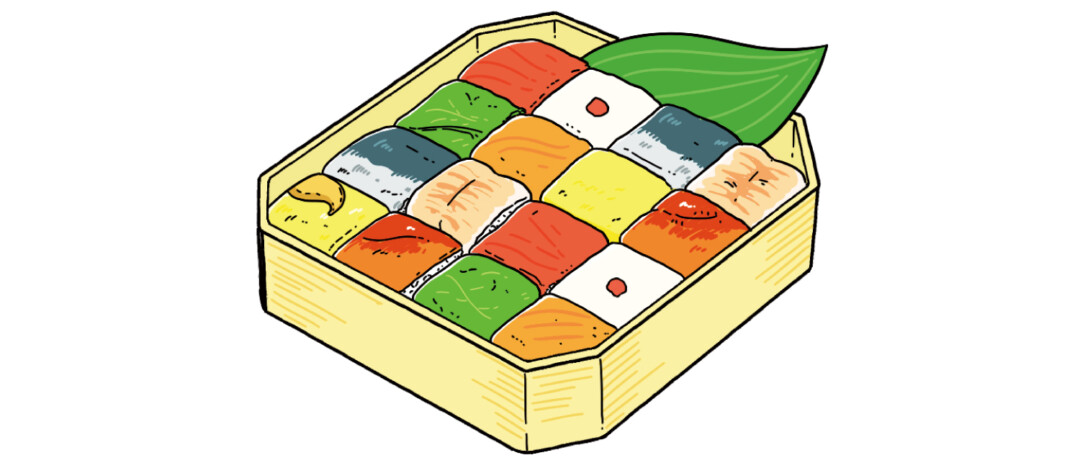
Unlike the nigirizushi (hand-formed sushi) of Edo, Osaka’s prevalent style of oshizushi (pressed sushi) applies pressure to the toppings and sushi rice, resulting in a firm texture. Hakozushi, which literally means “box sushi”, is perhaps the best known type of oshizushi, and was initially made with commonly available, less expensive fish such as saba (blue mackerel) and aji (horse mackerel). However, since the Meiji period (1868-1912), hakozushi has begun to feature more extravagant toppings, such as ebi (prawn), tai (sea bream), and anago (conger eel). After hakozushi gained popularity as a makunouchi bento enjoyed during theater performances and as a local souvenir, word rapidly spread.
Hakozushi uses ingredients such as firmer rice and sugar, and toppings which are cured in vinegar or simmered in a sweet-and-salty broth. This preparation allows the sushi to be kept for several days. Notably, the delicious flavor of this long-lasting sushi can still be appreciated even after some time passes.
share:










